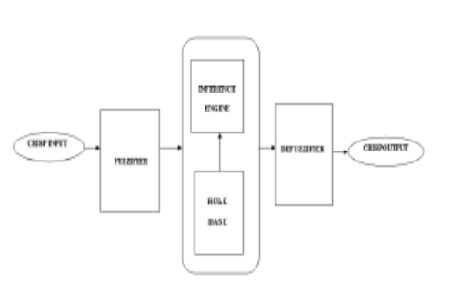


Indian Journal of Science and Technology
DOI: 10.17485/IJST/v16i13.1833
Year: 2023, Volume: 16, Issue: 13, Pages: 1014-1020
Original Article
Tadi Chandrasekhar1*, Ch Sumanth Kumar2
1ECE Department, ISTS Women’s Engineering College, Rajahmundry, India
2ECE Department, GITAM University, Visakhapatnam, India
*Corresponding Author
Email: [email protected]
Received Date:11 September 2022, Accepted Date:28 February 2023, Published Date:04 April 2023
Objectives: To suggest an efficient pose invariant face recognition system (PCA-ANFIS) based on PCA and ANFIS. Methods: Using a dual-tree complex wavelet transform technique, face image improvement is obtained. ORL and YALE B data sets are used in this process. To train and test the network to recognize the person, two sets of photos were used. The system will return recognized if the test image matches one of the image’s training sets. The system will report not recognized if the test image does not match one of the image’s training sets. Accuracy, specificity, sensitivity, precision, and recall are the criteria taken into account. The suggested approach is then evaluated and compared to other known, gold standard facial recognition algorithms, including PCA, WP&LDA, GOBER WAVELET, SVM, and Bayesian Classifier methods. Findings: The study results indicated that the image accuracy, specificity, sensitivity, precision, and recall are enhanced toa level of 90, 85, 95, 86, and 95 per cent respectively when compared with the test results of other known gold standard facial recognition algorithms viz., PCA, WP &LDA, GOBET WAVELET, SVM and Bayesian Classifier approaches by which it can be concluded that it is an efficient approach for facial identification. Novelty : Both the feature extraction strategy and the classification approach play a strong emphasis on these factors. Principal component analysis is used for feature extraction, while an Adaptive Neuro Fuzzy Inference System is used for classification. The study proposed a novel neuro-fuzzy system-based face recognition method that is proposed in this study correctly that identifies the input face photos with a higher recognition rate Compared to the existing reports.
Keywords: Facial Recognition; Image Processing; Biometric Technology; Facial Image Enhancement; Accuracy; Sensitivity
© 2023 Chandrasekhar & Kumar. This is an open-access article distributed under the terms of the Creative Commons Attribution License, which permits unrestricted use, distribution, and reproduction in any medium, provided the original author and source are credited. Published By Indian Society for Education and Environment (iSee)
Subscribe now for latest articles and news.